Malbec, Merlot, Syrah, Cabernet Sauvignon, & Carmenere Arrive from Chile
Hello Winemakers!
Below are the Brix numbers from the Red Grapes that have arrived so far from Chile. We received Malbec, Merlot, Syrah, Cabernet Sauvignon, and Carmenere. We look forward to you all of you picking up and enjoying the wine grapes of Chile! It looks like it’s going to be a great vintage!
Malbec: 23.5
Merlot: 23.0
Syrah: 23.0
Cabernet Sauvignon: 24.0
Carmenere: 26.0
We are awaiting several more loads containing Cabernet Sauvignon, Malbec, Carmenere, Merlot, Cabernet Franc, Petite Verdot, and Syrah. We will have arrival dates for these loads soon.
*Please keep in mind these numbers are only sample of what arrived from Chile. Please make sure to take your own Brix readings when you receive your grapes for the best possible fermentation outcome.
Malbec, Syrah, Merlot Arriving 4/27/16
We will have Malbec, Syrah, and Merlot grapes and All of the Juice varieties from Chile available for pick up on Wednesday 4/27. Give us a call to schedule your pick up plans.
We look forward to seeing you soon!
Toll Free: 877.812.1137
Email: Sales@juicegrape.com
Cheers!
White Wine Grapes from Chile
Hello Winemakers!
Below are the Brix numbers for the White Wine Grapes from Chile. We received Chardonnay, Pinot Grigio, Sauvignon Blanc, and Viognier early this morning. We are looking forward to you all picking up and enjoying the white wine grapes of Chile! It looks like it’s going to be a great vintage!
Chardonnay: 22.5
Pinot Grigio: 23.5
Sauvignon Blanc: 23.0
Viognier: 22.5
The reds should be arriving in early May, we will keep you updated as soon as the grapes clear customs! Keep an eye on our blog, harvest tracker, and social media platforms.
Brix (°Bx) is a way to measure the potential alcohol content of a wine before it’s made by determining the sugar level in grapes. Each gram of sugar that’s fermented will turn into about a 1/2 gram of alcohol. (description via Wine Folly)
*Please keep in mind these numbers are only sample of what arrived from Chile. Please make sure to take your own Brix readings when you receive your grapes for the best possible fermentation outcome.
Thank you and Happy Winemaking! 🙂
Yeast Pairings for Chilean Wine Grapes
Yeast Pairings for Chilean Wine Grapes
Cabernet Sauvignon: BM45, BM4X4, D80, RC212, D254
Cabernet Franc: BM45, RP15, D254, D80, BDX
Petite Verdot: BM4X4, D80, D254
Chardonnay: QA23, VIN13, D47, COTE DES BLANCS
Pinot Grigio: 71B, VIN13, QA23, R2
Sauvignon Blanc: VIN13, QA23, R2, D47, V1116
Which yeast will you use? 🙂
Also, don’t forget to watch our Youtube Video on “Yeast & Stuck Fermentation”
Cheers! And Happy Winemaking!
Chilean Harvest Update: Arrival Dates
Chilean Harvest Update: Arrival Dates
The wines of Chile – along with the winemakers and vineyards that produce them – have had some profound transformations in the past 30 years. Grape growers have successfully determined which varietals thrive in their vineyards, have experimented with unique trellising systems, and explored interesting new areas for planting. The wines now have a head start because of the wonderful grape quality.
The winemakers have been upping their game by attending classes and working in wineries abroad – bringing back with them modern winemaking practices from the finest winemaking regions across Europe and the USA. Even highly regarded, award-winning winemakers from other countries are moving to Chile so they can take advantage of the country’s grape quality – and to have full creative control to craft spectacular wines. It’s crazy awesome that we are able to receive the same high quality grapes and winemaking opportunities people travel so far to achieve. We are lucky to be a part of this wine journey with the vineyards and winemakers of Chile.
The grapes will be harvested very soon. Below is more in-depth information about the vineyards and the potential arrival dates. The season will be early, so dust off the crush pad, sanitize your equipment, and get ready for some fantastic winemaking.
We will have a Bootcamp class running during the Chilean Season. If you would like to join or hear more information please email Christina at cmusto@juicegrape.com. Spaces are limited and the class will be starting soon.
Potential Arrival Dates for Chilean Grapes
- April 18th
- Sauvignon Blanc
- Chardonnay
- Viognier
- Pinot Grigio
- May 2nd
- Malbec (small amount)
- Merlot
- Syrah
- May 9th
- Petite Verdot
- Malbec
- Pinot Noir
- Carmenere
- Cabernet Sauvignon
- May 16th
- Malbec
- Carmenere
- Cabernet Sauvignon
- Cabernet Franc
Chilean Juice: The juice should start arriving around May 2nd. We will have more updated when the containers are loaded.
2016 Pinotage Arrival
The Pinotage has arrived!! The berries taste very sweet with good seed and pulp development. We got Brix readings of 23-24.5. We will be calling all of the people who pre-ordered today. However we do still have a small amount available for sale.
Gives us a call at 877.812.1137 to pick up you Pinotage grapes!
Also, we are still deciding which yeast to use for the Pinotage grapes. The three options we thought about are D254, D80, and BDX. Below are the descriptions of each yeast.
(all descriptions via Scott Laboratories)
- D254: “In red wines, Lalvin ICV D254® develops ripe fruit, jam and cedar aromas together with mild spiciness. On the palate it contributes high fore-mouth volume, big mid-palate mouthfeel and intense fruit concentration.”
- D80: “Given proper nutrition, Lalvin ICV D80® is a rapid starter with moderate fermentation rates. It has been known to have an alcohol tolerance of up to 16% (v/v) when the fermentation is aerated and the temperature is maintained below 28°C(82°F). On the palate it creates high fore-mouth volume, big mid-palate mouthfeel, an intense, fine-grain tannin sensation and a long lasting licorice finish.”
- BDX: “Uvaferm BDXTM is a vigorous fermenter. Alcohol tolerance can be up to 16% (v/v). Optimizes color and structure with soft tannin extraction and increased mouthfeel. Does not generate a lot of heat during fermentation. Selected from the Pasteur Institute strain collection in Paris, France.”
Which yeast do you think we should use?
Cheers! 🍇🍷
2016 HARVEST OUTLOOK FOR CHILE
2016 HARVEST OUTLOOK FOR CHILE
Musto Wine Grape Company, LLC. has been importing quality Chilean wine grapes for over 10 years. We have developed long lasting relationships in Chile and are constantly growing and developing the program. The vineyards are located between the Andes Mountains and Pacific Ocean. Therefore, the vines have excellent growing conditions for perfect ripeness and complexity thanks to the ocean breeze and Mediterranean climate.
The Curico Valley has been a wine grape growing region since the 1800’s and is located about 115 miles south of Santiago in the Central Zone of Chile. It is known as the “Heart of the Chilean wine industry”. Curico has the perfect fertile soil and is best known for its micro climates and the ability to grow over 30 different wine grape varieties. Situated along the Guaiquillo River and nestled between mountains on its east and west sides, Curico’s Mediterranean climate and unique topographical features helps to create some of the finest wine grapes in South America.
The climate in the valley is characterized by morning fog and wide day-night temperature fluctuations. Climatic conditions in some parts of the valley favor wines with higher acidity, such as white varieties including Chardonnay, Sauvignon Blanc, Vert and Gris. High quality Cabernet Sauvignon, Syrah, Merlot, and Carménère grapes are sourced from warmer areas of the valley, such as Lontué, particularly when produced from ancient vines.
Terroir: Sandy, clay, decomposed granite, volcanic-alluvial
It has been a hot and dry season in Chile, thus producing a light but intense crop. The fruit looks to be well balanced with a lot of flavor. We will have multiple shipments from Chile this year. The first container will arrive in early May and will arrive with the white varieties – Chardonnay, Pinot Grigio, and Sauvignon Blanc. The containers that follow will contain the red wine grapes.
We are currently taking orders for the Chilean grapes. So far we are sold out of Petite Verdot. We are close to being sold out of Viognier, Pinot Grigio, Chardonnay, and Cabernet Franc. Please give us a call at the office 877.812.1137 or email us sales@juicegrape.com to secure your pre-order.
Varieties Available:
– Cabernet Sauvignon (clone 46)
– Cabernet Franc
– Carmenere
– Malbec
– Merlot
– Petite Verdot
– Pinot Noir
– Syrah
– Chardonnay (clone 5)
– Pinot Grigio
– Sauvignon Blanc (clone 42)
Note about Malbec: The Malbec grape has become increasingly popular over the past 5 years. Malbec from Chile produces a very fruit forward and complex wine. On the front of the palate you sense berry flavors, black cherry, blueberry, plum, and raspberry. On the palate there are notes of coffee, cocoa, and tobacco. Depending on the flavor profile you prefer we suggest ageing your Malbec in French, America, or Hungarian oak. This brings out the vanilla, coconut, and other toasty notes in the wine. You will create a wine that has fantastic fruit flavor, good acid, tannins, and a complex mouth feel. For the best color and extraction consider whole berry maceration.
We are looking forward to bringing you our high quality grapes from Chile in mid-May! The grapes come in 18lb cases and yield about 1.25 gallons per case. We strongly advise you to pre-order these grapes as last year we sold out of many varieties last season.
Cheers! And Happy Winemaking!
Lanza Musto Vineyards – Cabernet Clone Descriptions
Cabernet 169: The Cabernet 169 clone is a French clone that. The first 169 clone to come to the US was planted by UC Davis in 2003. Since then, it has been gaining popularity in all the major Cabernet growing regions. Especially in on Mount Veeder. It has good berry size, high vigor, and a well-balanced acid to sugar ratio. The wine can be higher in alcohol depending on the winemaking style. It was created to produce a big and bold Cabernet with intense complexity. The color is a vibrant, deep red. The mouth feel tends to be bold and linger. This grape is definitely for the adventurous winemaker. (selling out as we speak)
Koch Cabernet: The Koch ranch Cabernet is farmed on incredibly rocky soil. The soil absorbs most of the moisture therefore producing a more intense fruit. This is only 8 acres, so please reserve your cases as soon as possible. We always sell out of the Koch Cabernet. (selling out as we speak)
Cabernet 15: This Cabernet Clone originates from Aquitcuine, France (South East France, Bordeaux, largest grape region in France). It is known for its high yield, high levels of Anthocyanins (attributes to aging and color), and high tannins. The wines are described as having raspberry, cherry, plum, and cocoa notes. It has an intense body and is structurally solid. Definitely an age worthy Cabernet.
Cabernet 8: The Clone 8 Cabernet Clone was one of the most popular plantings in France and then in the US in the 1990’s. From our research, it has been said that it was one of the plantings that came it California in a suitcase. Clone 8 is strong Cabernet producer that yields about 6 tons to the acre. The wines have great fruit characteristics, deep color, good sugar to acid ratio, and are structurally sound. The tannins are strong.
Paso Robles
Paso Robles is one of California’s emerging AVAs. It has grown from a sleepy town to a high end wine growing and wine producing region. Winemaking on the Central Coast began when the Franciscan Friars traveled through California establishing Missions. The Missionaries started planting grapes in 1790. You can still see these vines growing today. Since the original plantings of the Missionaries, Paso Robles has become a top destination for farmers to plant grapes. Many famous people have planted vineyards and started wineries in this region. For example, Ignace Paderewski, the Polish pianist purchased 2,000 acres in the 1920’s. He planted Petite Sirah and Zinfandel and eventually opened York Mountain Winery; which is still in existence today.
Paso Robles is comprised of 26,000 acres of wine grapes. It is one of the fastest growing wine regions in California and on the Central Coast. It has a diverse topography. There are rivers, roiling hills, flat lands, and mountains. The soil is comprised of bedrock, weather granite, marine sedimentary rocks, and volcanic rocks. Because of the many different soil components one vineyard block could contain several different soil types.
In terms of grapes, Paso Robles is known for growing Zinfandel, but has gained recognition for Bordeaux and Rhone varieties. The AVA likes to produce non-traditional blends. It is a valley that doesn’t follow the rules and expectations of tradition winemaking. The winemakers of Paso Robles like to make their own rules.
M&M will be receiving Cabernet Sauvignon, Merlot, Old Vine Zinfandel, Petite Sirah, Syrah, Cabernet Franc, Sangiovese, Grenache, and Pinot Noir. Pre-Orders are now being accepted. Please call or email us at sales@juicegrape.com or 1-877-812-1137.
M&M’s Top 3 Paso Robles Wineries: Justin Winery, Opolo Vineyards, and Kukkula






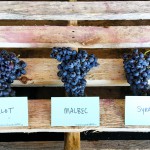
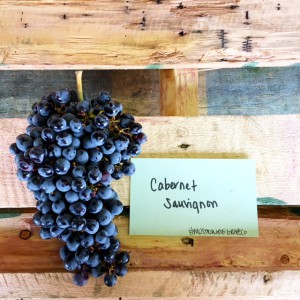
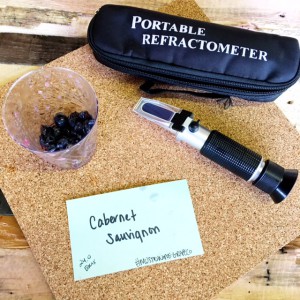
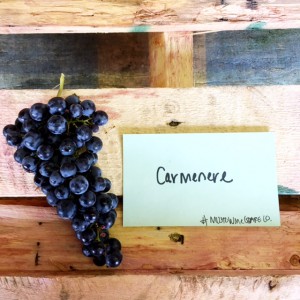
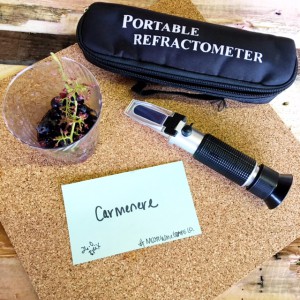
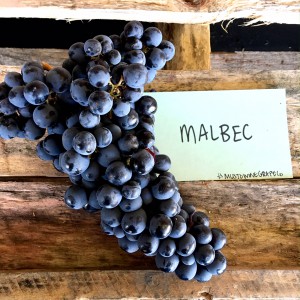
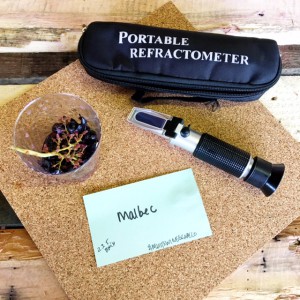
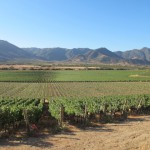
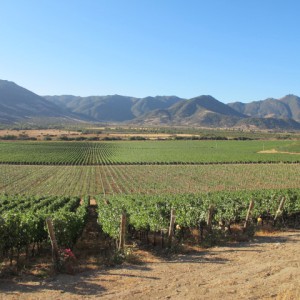
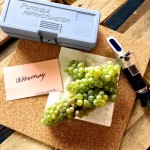
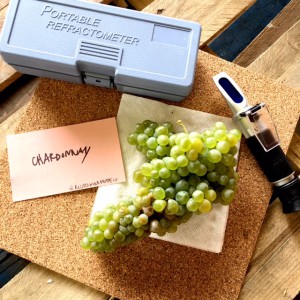
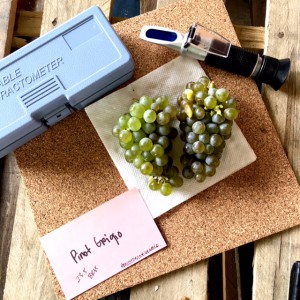
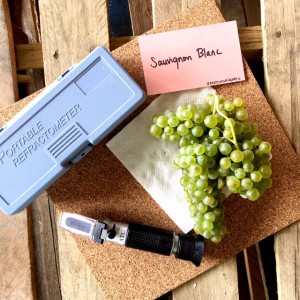
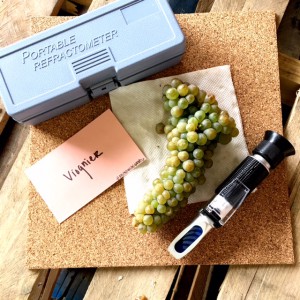
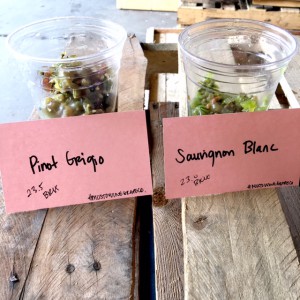
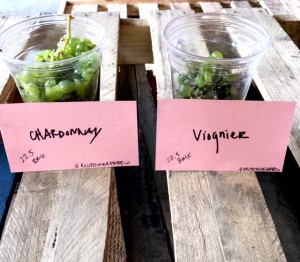
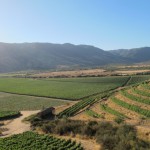
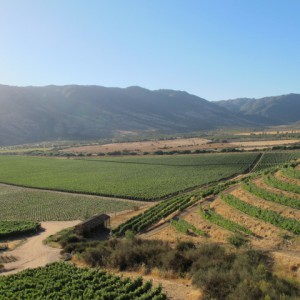

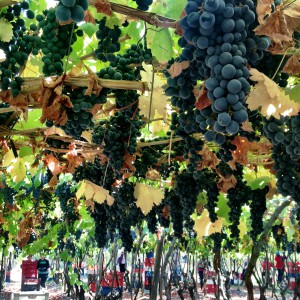

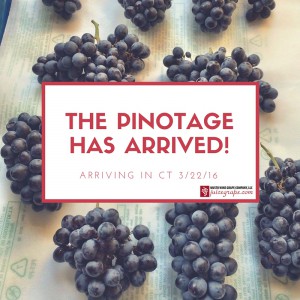
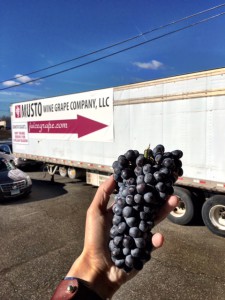
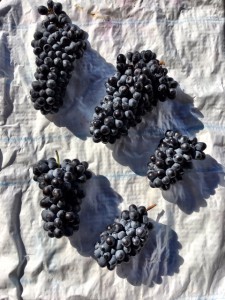
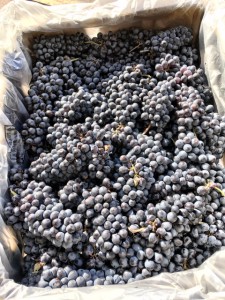
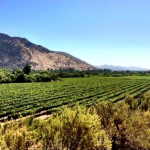
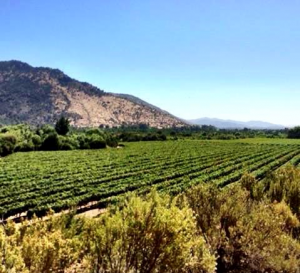
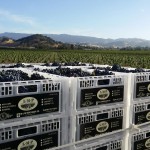
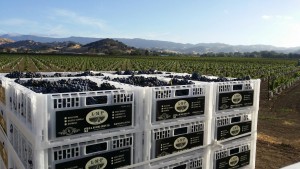
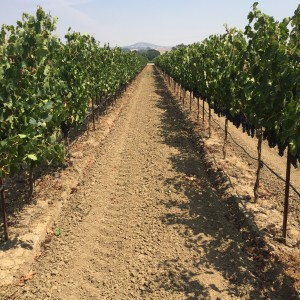
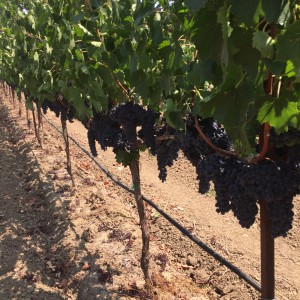
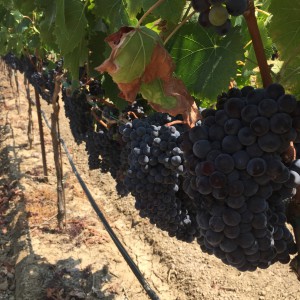
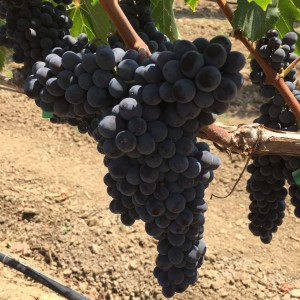
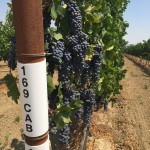
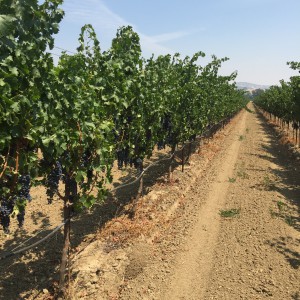
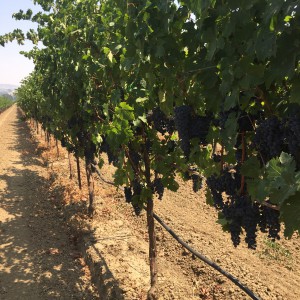
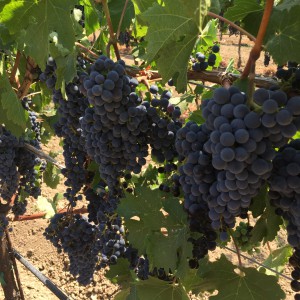
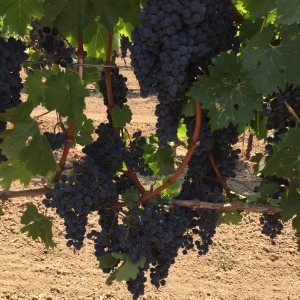
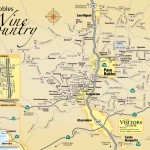
Recent Comments